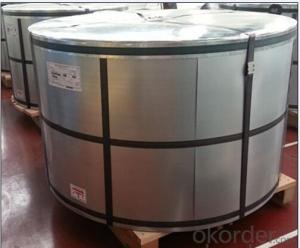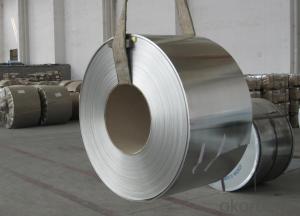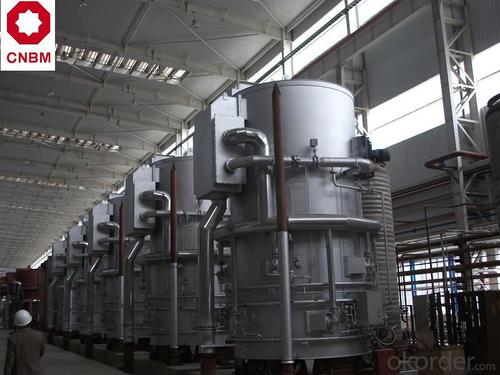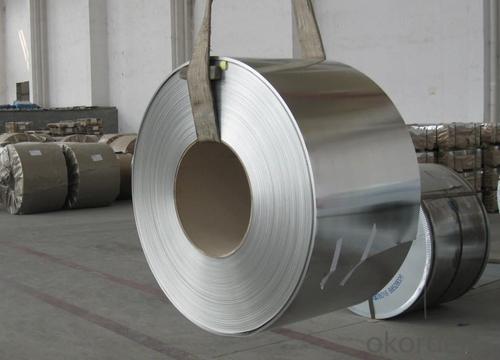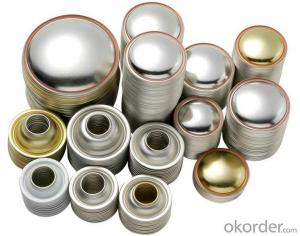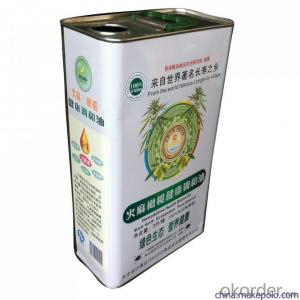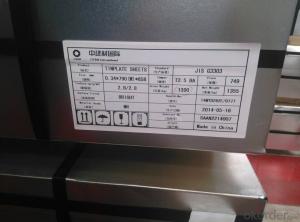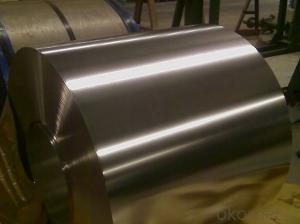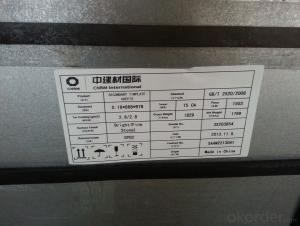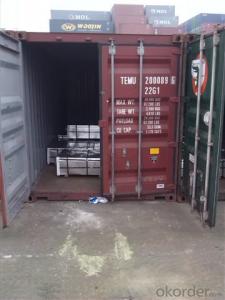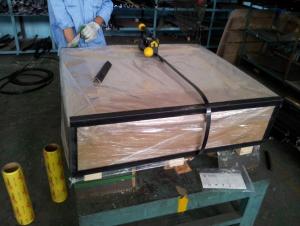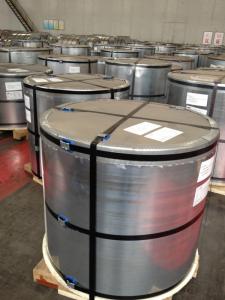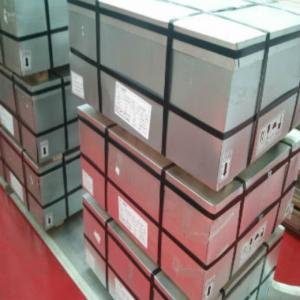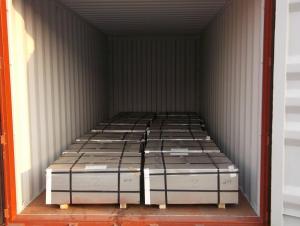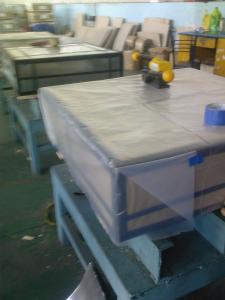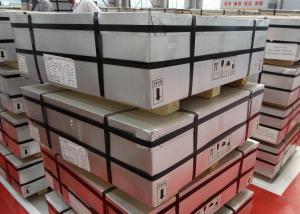Tinplate For Kitchenware, SPCC/MR, First Grade/Secondary Grade
- Loading Port:
- Tianjin
- Payment Terms:
- TT OR LC
- Min Order Qty:
- 25 m.t.
- Supply Capability:
- 50000 m.t./month
OKorder Service Pledge
OKorder Financial Service
You Might Also Like
1.Usage
Tinplate is widely used for making all types of containers, containing industrial usage such as paint can, oil can, aerosol cans etc., and food cans like milk powder cans, tomato paste can, dry food cans etc.
2. Quality
As a state owned company and a large tinplate supplier in China, our tinplate quality ranks 1st level in China, similar to Bao Steel, Posco etc.
3. Specification
standard: GB/T2520, JIS G3303, DIN EN10202
Material: MR /SPCC
Thickness available: 0.16-0.50MM
Width available: 600~1050MM
Temper grade: T1 – DR8
Tin coating: ordinary 2.8g/2.8g, 5.6g/5.6g and others
Package: sea worthy export package.
Applications: Tin can for chemicals & paint cans, industrial cans, food cans
4. Our factory photo:
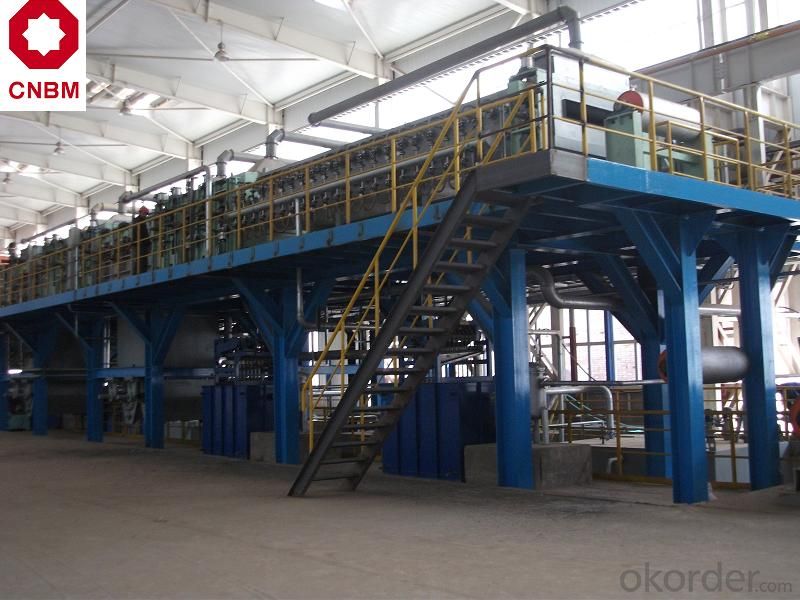
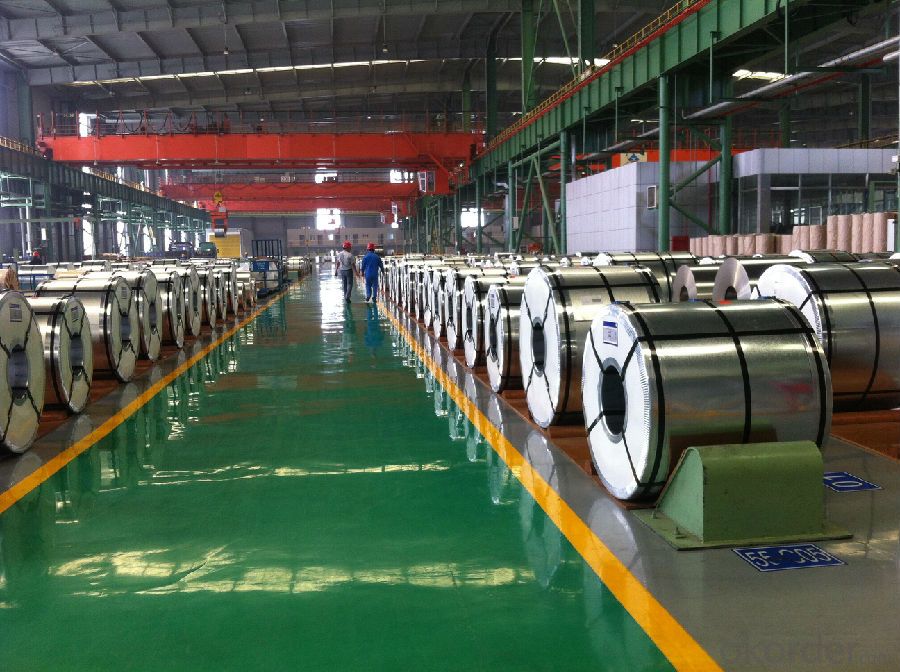
5. Our Markets:
now our tinplate has been sold to more than 30 countries, including Europe countries, Gulf Area, South American, South Afric etc.
6. Our Overseas Wareouses:
Furthermore, in the year 2014, we have more than 10 overseas warehouses all over the word, located in KSA, UAE, Oman, Russia, Kuwait, Qatar, Oman, Chile, Brazil etc.
7. FAQ
a. what's the annual output?
about 500,000 tons per year.
b. where's the raw matrial from?
our hot rolled coil is purchased from Capital Steel and other state owned mill, with quite good quality.
c. how long is the delivery time?
normally for SPCC about 45~55 days, while 65~75 days for MR material
d. how to control the quality during production process?
inside our workshop, we have MES syestem. It realizes the optimization of the production procedure in the workshop. It could record each step of the whole production procedures, and if some problem appears, factory could easily found and take action, it’s quite helpful to monitor and control the quality.
- Q: Can tinplate packaging be used for automotive products?
- Yes, tinplate packaging can be used for automotive products. Tinplate is a versatile and durable material that provides excellent protection for automotive parts and components. It is commonly used for packaging automotive products such as lubricants, chemicals, and small parts. Tinplate packaging offers good resistance against corrosion, impact, and tampering, making it suitable for automotive industry requirements.
- Q: What are the applications of tinplate?
- Tinplate has various applications, primarily in the packaging industry. It is commonly used to make food and beverage cans, as it provides a protective barrier against moisture, oxygen, and light. Tinplate is also used for making aerosol cans, paint cans, and containers for cosmetics and pharmaceutical products. Additionally, it is utilized in the manufacturing of metal caps and closures for bottles and jars.
- Q: How is tinplate recycled and what are the benefits of recycling?
- Tinplate is recycled through a process called "metal reclamation," which involves collecting and separating tin-coated steel from other materials. The tin coating is removed, and the steel is melted down and used to produce new tinplate products. The benefits of tinplate recycling are numerous. Firstly, it conserves natural resources by reducing the need for mining and extracting raw materials. Additionally, recycling tinplate reduces energy consumption and greenhouse gas emissions associated with the production of new tinplate. Moreover, recycling tinplate helps minimize waste disposal in landfills, which reduces environmental pollution and conserves landfill space. It also contributes to the circular economy by promoting the reuse of materials and extending the lifespan of tinplate products. Overall, tinplate recycling is a sustainable practice that brings economic, environmental, and social benefits.
- Q: How does tinplate packaging impact brand image and perception?
- Tinplate packaging can have a positive impact on brand image and perception. Its durability and premium appearance can enhance the perception of the brand, conveying a sense of quality and sophistication. Additionally, the ability to customize tinplate packaging with unique designs and finishes can help brands differentiate themselves and create a memorable impression on consumers. Overall, tinplate packaging can contribute to a positive brand image, reinforcing the brand's values and attracting customers.
- Q: Can tinplate be shielded?
- For tinplate shielding, it is a kind of shielding material, at present 3 applications more cheap, processing is good, but the finished long-term placement of rust on the fracture surface, thus affecting the weldability, which is its only drawback. If it is placed in a short time, it will not affect weldability. Electroplating is not the best way to solve the problem. My supplier is coated with an anti rust paint on the fracture surface, and then ultrasonic cleaning is done before going on line. But I mostly use "ocean shield frame copper to make," a little expensive, but the performance is very good ^_^
- Q: What are the main trends in tinplate packaging?
- The main trends in tinplate packaging include a shift towards sustainable and eco-friendly options, increased customization and personalization, advancements in technology for improved production processes, and a growing demand for convenience and functionality in packaging design.
- Q: What is the average lifespan of tinplate packaging?
- The average lifespan of tinplate packaging depends on various factors such as usage, storage conditions, and handling. However, tinplate packaging is known for its durability and longevity, and with proper care, it can last for several years or even decades.
- Q: How does tinplate perform in terms of insulation properties?
- Tinplate does not perform well in terms of insulation properties as it is a good conductor of heat and electricity.
- Q: Can tinplate packaging be used for gardening products?
- Yes, tinplate packaging can be used for gardening products. Tinplate is a durable material that provides protection against moisture and can withstand outdoor conditions. It is commonly used for packaging fertilizers, pesticides, seeds, and other gardening supplies. Additionally, tinplate is recyclable, making it an eco-friendly choice for garden product packaging.
- Q: What are the main applications of tinplate in the pet food industry?
- Tinplate is commonly used in the pet food industry for packaging purposes. It provides a durable and protective barrier against moisture, oxygen, and light, ensuring the quality and freshness of pet food products. The main applications of tinplate in the pet food industry are for manufacturing cans, can lids, and easy-open ends, which help in preserving the nutritional value and extending the shelf life of pet food.
Send your message to us
Tinplate For Kitchenware, SPCC/MR, First Grade/Secondary Grade
- Loading Port:
- Tianjin
- Payment Terms:
- TT OR LC
- Min Order Qty:
- 25 m.t.
- Supply Capability:
- 50000 m.t./month
OKorder Service Pledge
OKorder Financial Service
Similar products
Hot products
Hot Searches
Related keywords

